Herman Webster Mudgett, aka Dr. Henry Howard Holmes, is one of America’s first noted serial murderers. He killed at least 27 women during the 1893 World’s Columbian Exposition (e.g., World’s Fair) in Chicago. In addition to murder, Holmes enjoyed performing extreme forms of torture and mutilation on those he lured into traps.
Holmes is perhaps best known for what would later be dubbed the Murder Castle, a two-story maze designed by Holmes with numerous trap doors, hidden passages, and torture chambers. Many researchers have been fascinated with peering behind the façade that Dr. Holmes contrived and looking into his formative years for clues to what might have led to his later atrocities. As is often the case with serial murderers, the childhood of Holmes was shaped by physical abuse, difficulties in socializing with peers, and cruelty towards animals.
Introduction
Mudgett was a criminal for all seasons. Insurance fraud, swindling naïve women, and murdering the unsuspecting were but a few of Herman Webster Mudgett’s (better known as Dr. Henry Howard Holmes) misdeeds that culminated in the creation of his most notorious venture: the building his neighbors would go on to name “The Murder Castle.” The Castle, located in Chicago, was completed in 1892. After four years of meticulous construction and renovations, its two-story structure engulfed an entire city block (Reeder & Mayer, 2009). The Castle was a symbolic representation of Holmes himself: disturbing and distorted on the inside, yet prosperously elegant on the outside (Schechter, 2003). Holmes renovated and built it into the perfect facade for his two-story torture chambers and dissection rooms.
While the upper floors housed many intricate torture chambers, it was in the basement where Holmes disemboweled and stripped the flesh from his victims with powerful acids, before using a crematorium disguised as an oil furnace to burn the bodies of his victims.
A year after the Castle’s completion, the World’s Fair opened in Chicago. Holmes used the increase in tourism to his advantage by advertising lodging vacancies and employment openings as a ruse to lure in victims (Bailin, 2008; Reeder & Mayer, 2009). The hustle and bustle of the Fair and the subsequent influx of out-of-towners provided Holmes with a steady supply of victims.
After the Fair ended, Holmes and his close associate, Benjamin Pitezel, left Chicago to commit insurance fraud across the country. This ended in Holmes’ 1894 arrest for attempting to swindle a St. Louis pharmacy.
While incarcerated, he met fellow criminal Marion Hedgepeth. The two conspired to create an insurance scam by fabricating Pitezel’s death. Holmes then decided it was easier to simply kill Pitezel and his family, while also cutting out his co-conspirator.
These decisions resulted in a $10,000 life insurance payout. However, when Hedgepeth read of Pitezel’s death, he was angered and alerted the authorities to Holmes, forcing the man to go on the run (Bailin, 2008; Borowski, 2003; Reeder & Mayer, 2009).
In November 1894, Holmes was arrested by the Pinkerton Detective Agency in Boston, Massachusetts. He was charged with Conspiracy to Cheat and Defraud the Fidelity Mutual Life Insurance Company and was sent to Moyamensing Prison in Philadelphia (Borowski, 2003; Reeder & Mayer, 2009).
Upon his capture and the subsequent discovery of his house of horror, newspapers gave Holmes the moniker of Arch Fiend, The Devil Incarnate, Monster of 63rd Street, and The Torture Doctor (Borowski, 2003; Reeder & Mayer, 2009). In addition, Holmes earned the label of Bluebeard for his habit of luring in and taking advantage of multiple women, (e.g., mistresses, girlfriends, and random strangers), most of whom he eventually killed (Schechter, 2012).
In 1895 Holmes was tried and convicted for the Pitezel murders, which included three of Pitezel’s children (Bailin, 2008; Borowski, 2003; Reeder & Mayer, 2009). During his trial, Holmes officially confessed to 27 murders, but later told his lawyer that he had actually killed 133 people (Dobbert, 2009; Murray, 2007).
Related: The Brain of Serial Killers And Psychopaths
These claims gained credibility after the Chicago Police allegedly discovered the gruesome remains of more than 100 dead bodies, all scattered throughout the Murder Castle (Reeder & Mayer, 2009).
Holmes was hanged at Moyamensing Prison on May 7, 1896 (Bailin, 2008; Borowski, 2003; Murray, 2007; Reeder & Mayer, 2009). He was reportedly calm in the moments prior to his hanging, seemingly unconcerned about his imminent demise (New York Times, 2011).
Ironically, Holmes took precautions to prevent the dismemberment of his own body. According to his will, his casket was to be filled with cement and put in a grave with an additional two feet of cement (Borowski, 2003; Schechter, 2012).
Holmes’ Childhood
The existence of a ruthless killer like Holmes astounds the mind on a multitude of levels. While some see him as his moniker exemplifies, as an incarnation of evil, others regarded his deviance as the product of former transgressions. Whether one’s perception of Holmes is that of a man turned evil or evil born into a man, the determination of the cause for his lust of killing requires some insights into his childhood.
On May 16, 1861, H. H. Holmes was born as Herman Webster Mudgett in Gilmanton, New Hampshire, to Levi Horton Mudgett and Theodate Page Price (Bailin, 2008; Borowski, 2003; Dobbert, 2009). Gilmanton was a small, isolated town located 20 miles north of Concord (Ocker, 2010).
Some sources claim that Holmes was born in 1860, but Holmes himself stated that he was born in 1861 (Kerns, Lewis & McClure, 2012), which was also verified in the New Hampshire Birth and Christenings Index. Holmes’ parents were devout Methodists and demanded total obedience from him (Bailin, 2008; Borowski, 2003).
Prior to marriage, his mother was a schoolteacher. She was described as a cold and distant individual who used religion as a daily guide for parenting (Read, 2004). His alcoholic father followed a strict disciplinarian approach that resulted in physical abuse (Dobbert, 2009; Reeder & Mayer, 2009).
Holmes’ parents were both physically and mentally abusive towards him, and this was particularly true of his father (Borowski, 2003; Dobbert, 2009). The harsh disciplinary tactics included prolonged isolation and even food deprivation (Stone, 2007). Furthermore, his father reportedly held kerosene soaked rags over Holmes and the other children’s mouths to “quiet them” when they cried (Jones, 2010; Ramsland, 2013).
During these instances of abuse by his father, Holmes found refuge in the forest near his home. It was in the forest that he began dissecting animals and developing his deviant fascination of things, both dead and alive.
It is possible that Holmes, who was known as a very intelligent loner, was so traumatized by the abuse that it ultimately led to his inability to form meaningful relationships.
His own abuse may also have contributed to his penchant for lies, swindling, and abusing others (Jenkins, 2006). Serial killers are six times more likely to have experienced physical abuse in their childhood than the average population (Mitchell & Aamodt, 2005). However Holmes’ parents were not the only contributing factor in his abusive upbringing. As a child, Holmes was bullied and abused in school for his good grades and slightly odd demeanor (Bailin, 2008; Schechter, 2003).
The most noted of these experiences occurred when Holmes, blindsided by classmates, was forced into a doctor’s office, where the hands of a skeleton were forcibly placed over his face (Bailin, Borowski, 2003; 2008; Schechter, 2003). Holmes later recollected that this event was the reason for his curiosity about anatomy, which later led him to pursue a degree at the University of Michigan Medical School in 1884 (Borowski, 2003).
Related: Serial Killers and Childhood Abuse: Is There a Link?
Animal Torture, Corpses, and First Blood
Holmes’ urges to experiment with animals failed to subside throughout his youth. He found woodland creatures near his childhood home and performed dissections on them in order to explore their biology (Bailin, 2008). Initially dissecting reptiles, he later moved on to mammals, such as rabbits and dogs (Schechter, 2003).
This not only provided Holmes with flesh-cutting skills at a young age, but also acted as a psychological facilitator for his later obsession with human anatomy (Bailin, 2008). Furthermore, advancements in medicine garnered much public attention to the point that skeletons were frequently displayed in doctors’ office windows.
For Holmes, accessing medical information was relatively easy (Bailin, 2008). In fact, Holmes’ morbid curiosity may have led to him killing his childhood friend at the age of 11, disguising it as an accident (Dobbert, 2009). Holmes, although a reclusive individual, had an older friend named Tom.
While exploring an abandoned home together, Holmes recalls witnessing Tom die by falling off a landing. However, there is speculation that Holmes was standing close enough behind Tom that he may have actually intentionally pushed him (Schechter, 2003).
Early Adulthood and Education
In 1878, towards the end of his teenage years, Holmes married Clara Levering of Alton, NH. Clara was the daughter of a wealthy local farmer (Bailin, 2008; Reeder & Mayer, 2009). Unfortunately for Clara, the marriage may have simply been a means of financial gain for Holmes. A year later, after graduating early from the first superior public school system (e.g., high school), he left Clara and enrolled at the University of Michigan Medical School in Ann Arbor. Holmes used Anna’s money to pay his tuition (Dobbert, 2009; Murray, 2007; Reeder & Mayer, 2009).
The tactic of swindling women out of their fortunes later became a favorite tactic for Holmes. At one point, he had three wives in three different cities; the women knew nothing about one another. Holmes was very charming, handsome, and persuasive in convincing women to take out life insurance policies naming him as the beneficiary (Gunderson & Gabbard, 2000). With each mistress, he concocted elaborate stories to explain why they left him.
In medical school he began to personally procure cadavers to study, dissect, and use in his own research. He also began robbing graves and morgues (Bailin, 2008; Borowski, 2003; Murray, 2007) and sold the cadavers to medical schools or utilized them to swindle insurance companies (Bailin, 2008; Borowski, 2003). Holmes conned insurance companies by creating pseudonyms for himself, then naming himself as the beneficiary of a life insurance policy he took out on a fictitious individual.
To complete his ruse he used a cadaver that he had disfigured to render it unrecognizable (Bailin, 2008; Borowski, 2003; Dobbert, 2009). Working in Holmes’ favor was his attractiveness and mysteriousness. On the surface he appeared genuine and caring, but beneath the façade was a manipulative and fraudulent businessman who used his intellect and charm to promote his calculated scams (Bailin, 2008; Borowski, 2003; Reeder & Mayer, 2009).
During this time Holmes ignored his wife and son, but it was not until he received nearly $12,500 on a single life insurance scam that he abandoned them completely (Dobbert, 2009). Holmes graduated from medical school in 1884 and received his M.D. He went on to use his new title to create his lasting alias of Dr. Henry Howard Holmes (H. H. Holmes) (Bailin, 2008). Being a doctor was the perfect façade for Holmes, as it gave him the access, tools, and resources he needed to continue killing.
The Castle
The 1893 Chicago World’s Fair Exposition highlighted some of the modern marvels of the time, including the Ferris wheel, dishwasher, and fluorescent light bulbs. The fairgrounds spanned 600 acres, had over 200 buildings, and it was reported that 26 million visitors attended in just six months (Maranzani, 2013).
This environment was the playground for Holmes’ new creation, “The Castle,” which he created in great detail and complete secrecy, a perfect setting to lure his victims. Holmes was aware that employees of the Fair employed less than two weeks were not entitled to pay. Thus, he fired those he did not kill in order to avoid paying them (Griffith & Selzer, 2011). Another reason for his actions may have been Holmes’ intent to keep the knowledge of the Castle’s layout a secret.
The Castle became an elaborate scheme to fulfill Holmes’ dark desires, while also allowing him to make an income selling the skeletons of his victims to medical schools (Gibson, 1953).
Holmes, when constructing the Castle, used complex architecture and a series of intuitive designs to suit his preference. Inside the Castle, Holmes built an operating room, a torture chamber, a mortuary, and a room for conducting human experiments (Gibson, 1953; Schecter, 1994).
The Castle’s guest rooms were built “… in mazelike fashion, incorporating corridors leading nowhere, with concealed passages behind walls, sliding panels, secret staircases, peepholes into the rooms through the backs of pictures, and trapdoors concealing metal chutes that connected with the elaborately designed basement” (Seltzer, 1998).
Between Holmes’ arrest and conviction for the Pitezel murders, the Castle was mysteriously destroyed by fire. The fire may have been intentionally set by neighbors to keep the building from becoming a tourist attraction (Schechter, 1994).
Conclusion
The H. H. Holmes case exemplifies the connection between childhood trauma and violent crimes, such as multiple homicides. Physical and emotional abuse place incredible stress upon children, as does intolerance for persons perceived as less powerful.
Holmes was a predator who viewed others as a means to his ends. His personality structure resembles that of a true psychopath: a remorseless and narcissistic person who controls others and lies repeatedly, all of this while being glib and charming.
Assuming that Holmes was a psychopath, the question arises: Was he the product of abuse or was the abuse a result of his intrinsic personality? The fact that Holmes’ life as a serial killer was rooted in personality disorders and deeply engrained abnormal behavioral traits strongly suggests that such persons continue to walk among us today.
About the Author: Forensic Scholars Today is a quarterly peer-reviewed newsletter publication from Concordia University, Saint Paul. In partnership with the American Institute for the Advancement of Forensic Studies, FST features topics from around the world of forensic mental health. This article is from Volume 1, Issue 2 and explores the fascinating case of H.H. Holmes, a man noted to be one of America’s first serial killers. Authors: Jerrod Brown, Eric Hickey, Blake Harris, Amanda Wilson, Danielle Price, Janae Olson and Pamela Oberoi










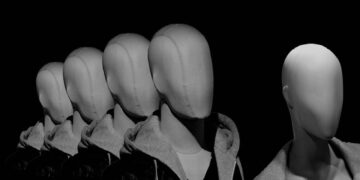
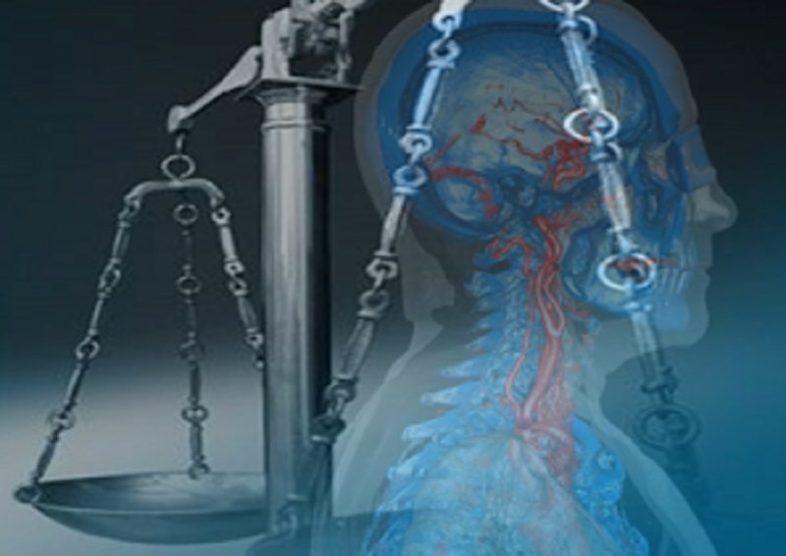

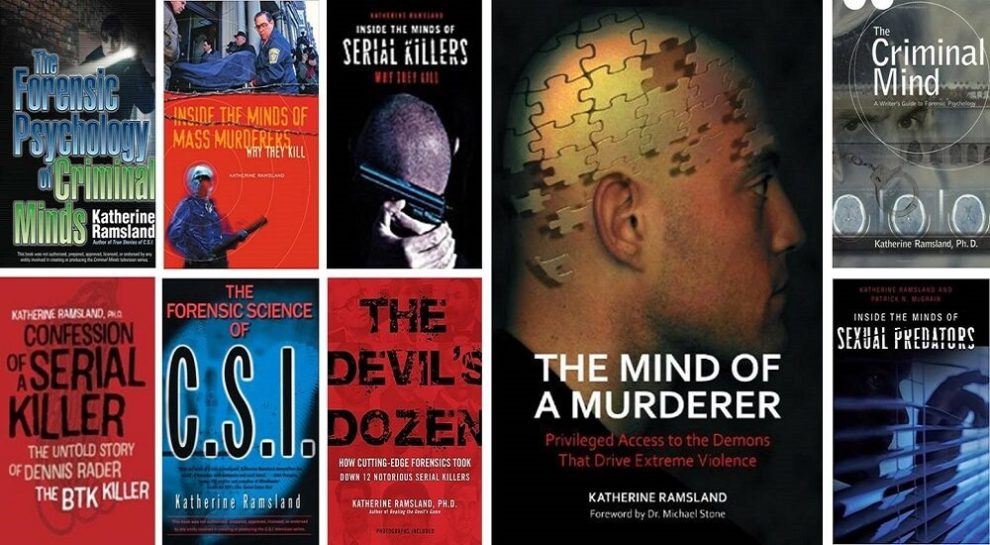
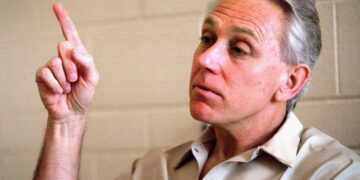
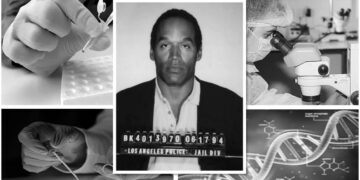
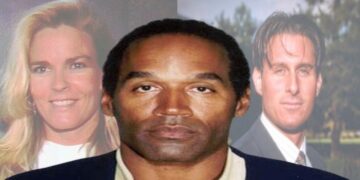

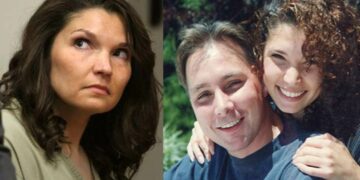

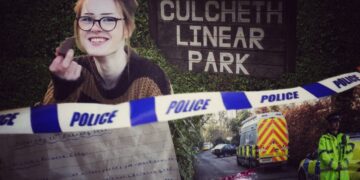

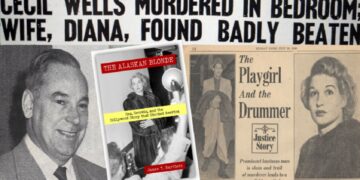



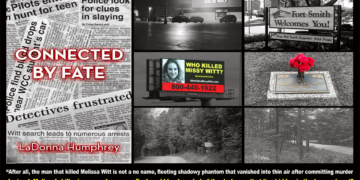

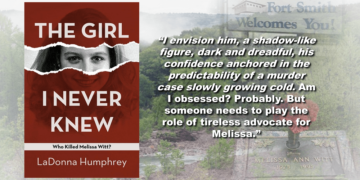
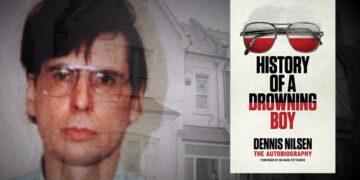
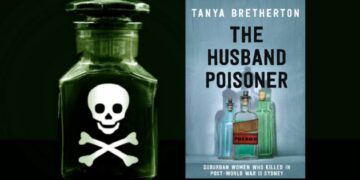
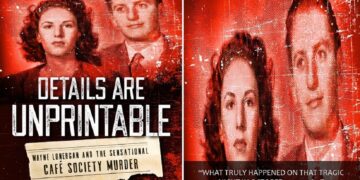



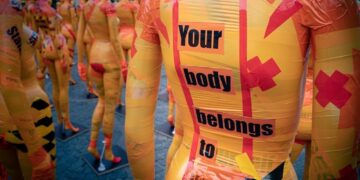





Here’s a reading of portion of Holmes’s hand-written confession published one month before his execution: http://tinyurl.com/1896holmes
Hi Richard, unfortunately your link above didn’t work for me but, I have just listened to your Yesterday’s News, Serial Killer Clips Edition for HH Holmes (https://audioboom.com/boos/4178461-serial-killer-clips-the-confession-of-h-h-holmes-a-litany-of-horror)….powerful stuff! Actually hearing the words of his confession is really quite chilling, particularly towards the end when he is talking of killing the children. A great podcast on a fascinating topic.